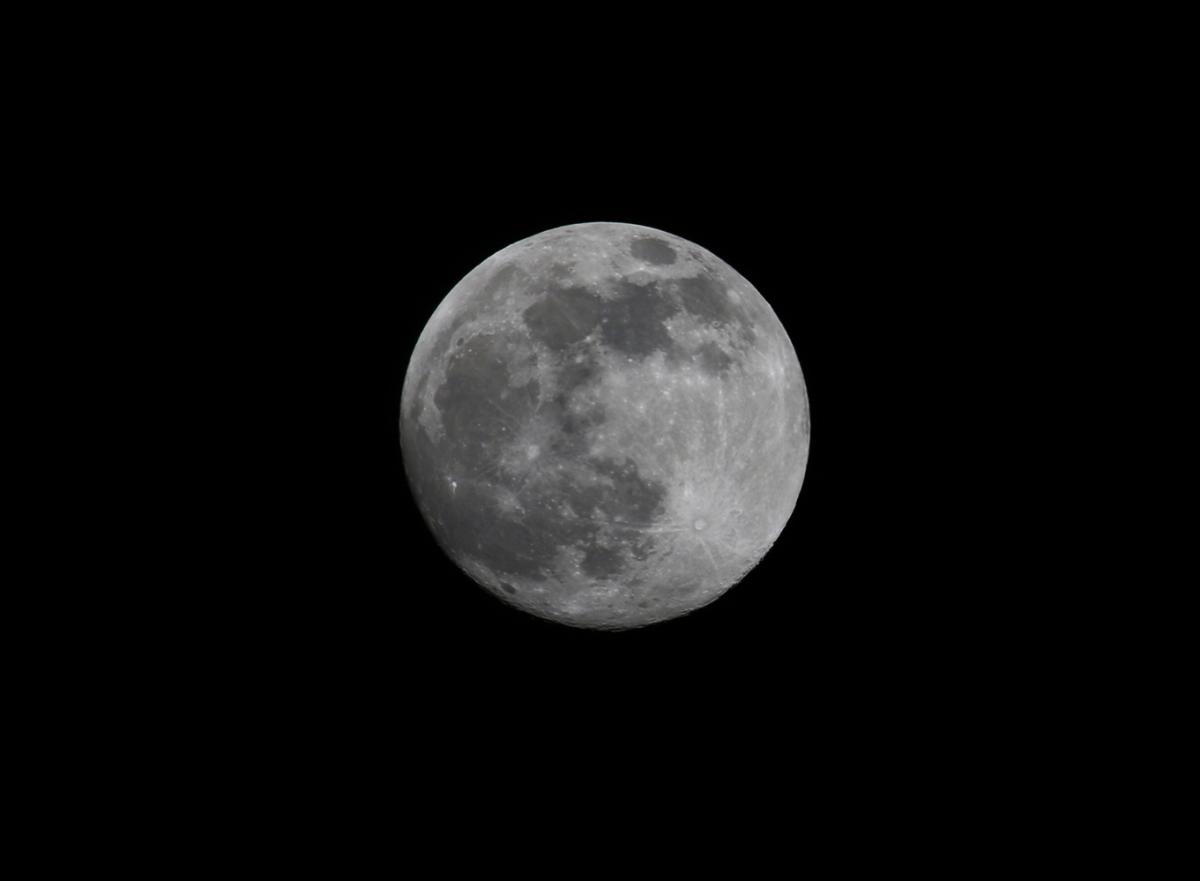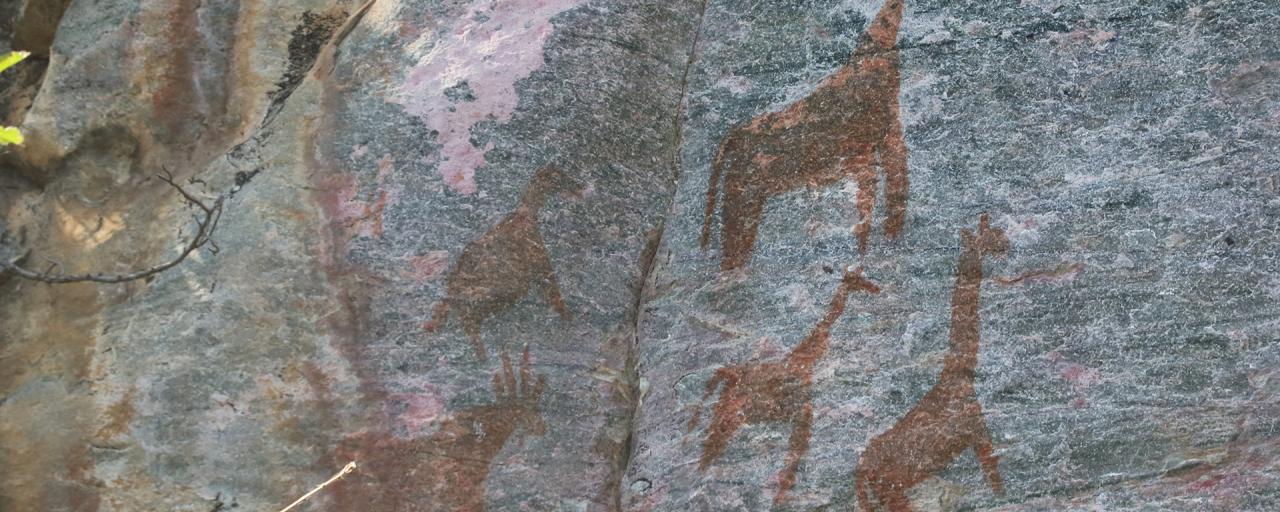Submitted by SafariADV on Thu, 2017-10-05
About 30 km South of Shakawe there is a detour, well-marked with a UNESCO sign, leading to the Tsodilo Hills; the road is unpaved and it is 40 km long, but it is in good conditions up to the entrance, so you can proceed at sustained speed.
Time ago, the road leading to the Tsodilo Hills was very difficult to travel, it had to be done at 10 km / h and almost no one went to visit them; now, with the new road, some visitors venture out here.
When we get to the main entrance they tell us that the person we should pay for the entrance went home for lunch, in fact it is almost 2:00 pm; they let us in from the entrance leading to the campsite where along the road there is another gate that leads to the hills.
Here the road is less beautiful and somewhat sandy, but by our off-road we have no problems, though it is not a viable road by a normal car.
The hills are four, the biggest is the Male next to the Female, and a little further are the Child and the No Name.
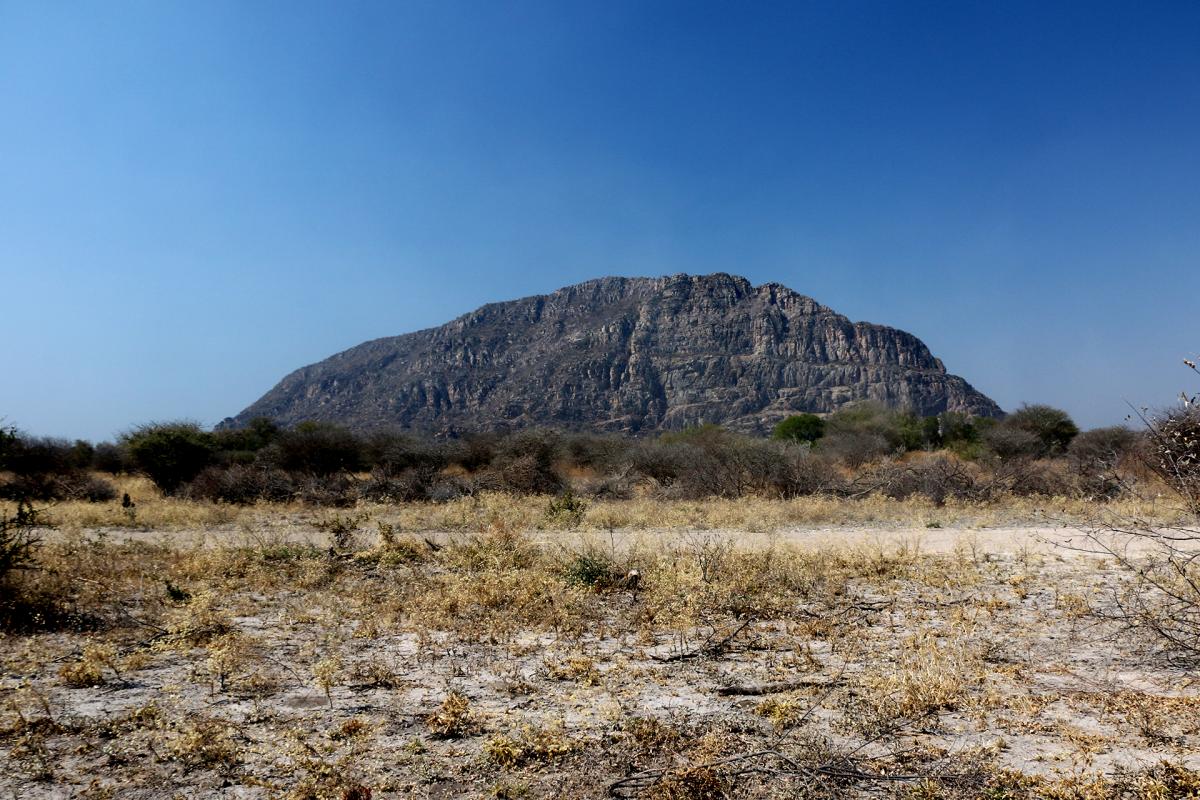
They are granite and tall hills, the Male is in fact the highest promontory in Botswana; their profile is very beautiful.
The dirt road ends in a car park where there is another vehicle parked, it is true that it is 2 o'clock in the afternoon and not the ideal time to visit them, since it is very hot, but there are really few people; it's a shame because according to us they deserve to be seen.
We park and a San woman meets us, we cannot walk the trails without a local guide, she will be our guide; she speaks a bit stunted English but she understands and that's enough to explain the meaning of paintings and also the use of some plants in the Bushmen culture.
Prior to venturing into the visit we see the small museum near the entrance, some objects that have been found near the Tsodilo Hills, such as tools and jewels belonging to the San who lived in these places thousands of years ago.
There are also panels telling the visitor a lot of information about the Tsodilo Hills, those who have inhabited and painted them, and also the populations for which these hills are still sacred.
The museum, though small, is very interesting and well-made, definitely worth a visit and is included in the entrance fee.
The paths are four and we decide to go the Rhino trail, the shortest one, that is then the one most visitors go to while here; there is also a route that is expected to climb on the Female Hill, but it needs some preparation, as the trail winds through the rocks, and even a little more time.
On the rocky walls you can admire the paintings of the ancestors of the San and of some Bantu populations, of whom little information is known; red paintings, made with blood mixed with red earth, appear to have been made by the San, while the Bantu seems to have painted the white drawings, that were instead made with the ostrich eggs shells.
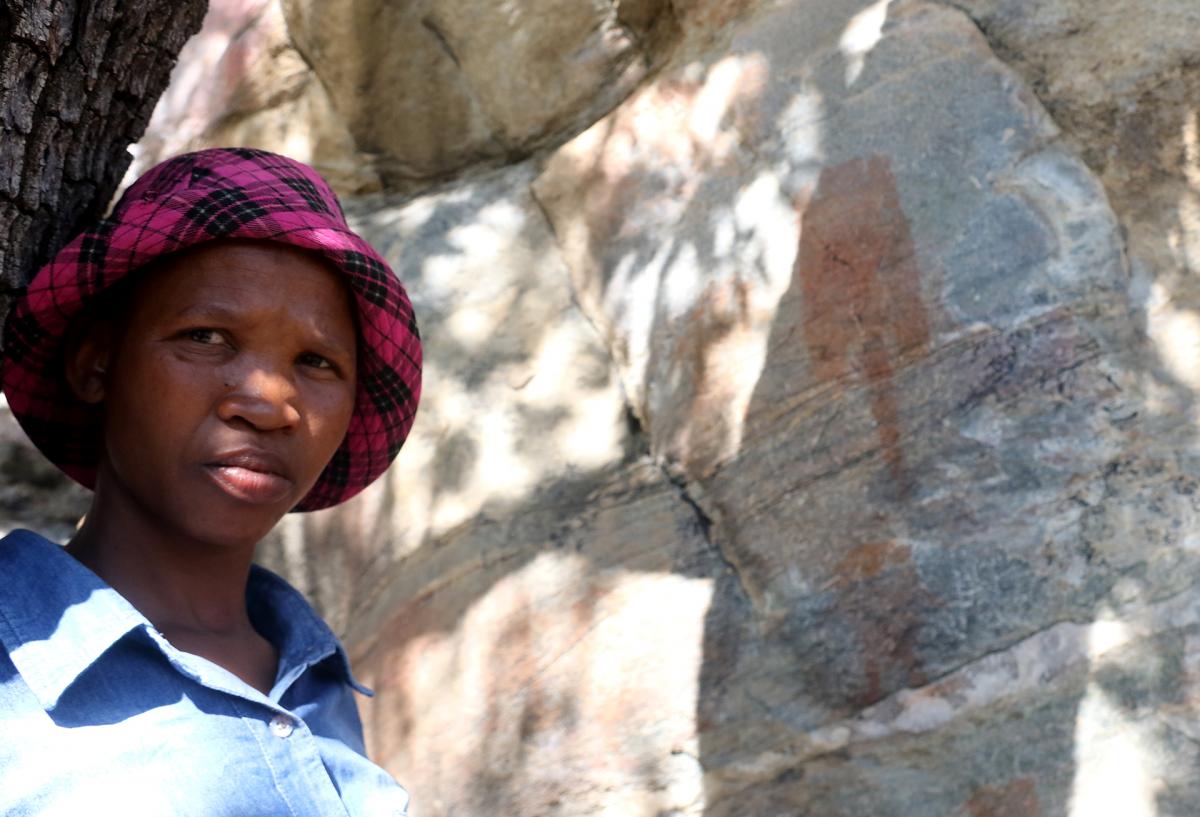
The paintings portray wild animals, such as rhinos, elands, kudus, lions, giraffes, rabbits; but there are also human figures, such as the hunter or some objects, such as animal skins, that were used to make garments.
Along the way there is a rock that seems to have the shape of Africa, it is really like the continent's profile, it's really exceptional.
We took several pictures of the paintings, that have been impressed on these walls more than 3,000 years ago, it's really impressive.
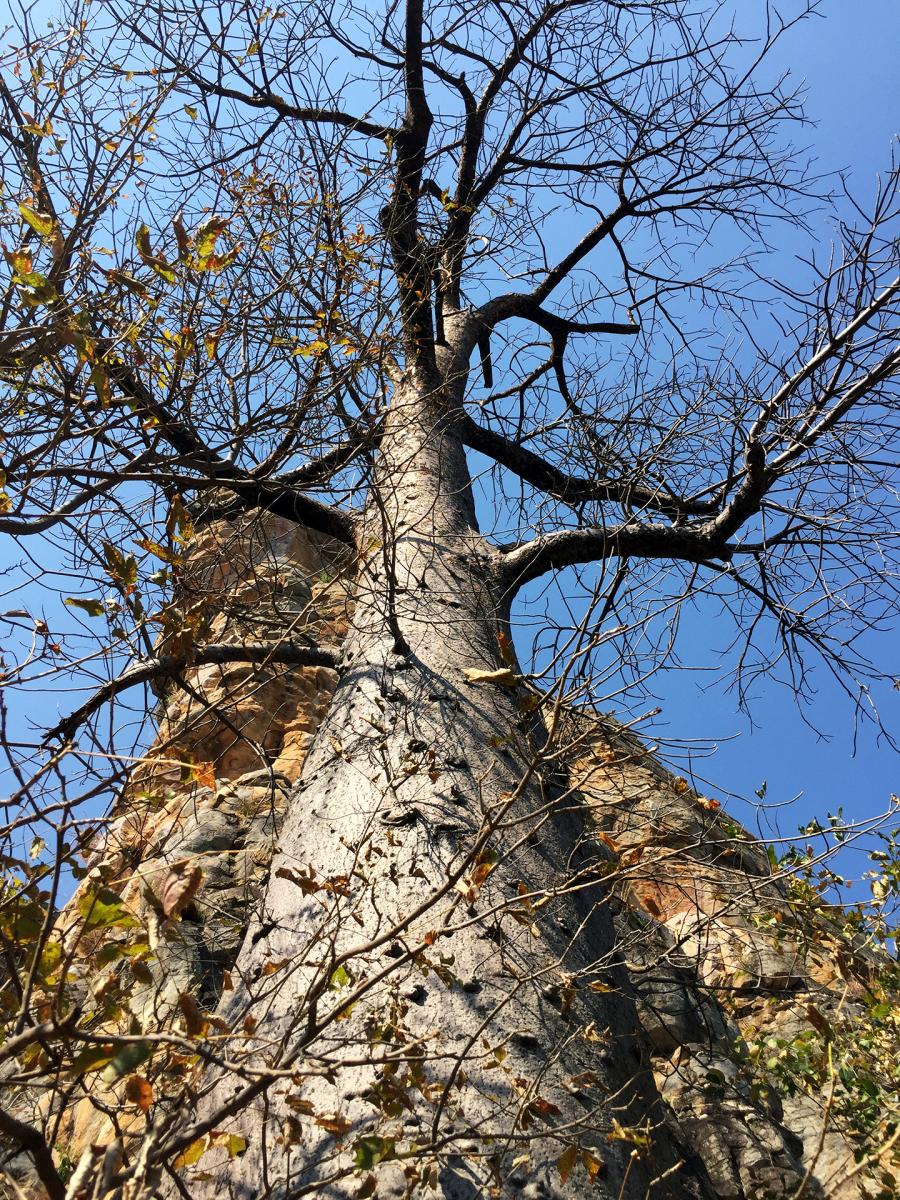
We pay our guide 20 US$, that are by no means comparable to the average salary here in Botswana but this is the guides fee here at Tsodilo.
Since today our guide has finished working, we give her a car ride to the main entrance, from where she will continue to walk back to her village while we take the dirt road that led us to here and we return to the A35, from where we continue to Shakawe where our campsite is located, the last in Botswana, for this trip at least.
